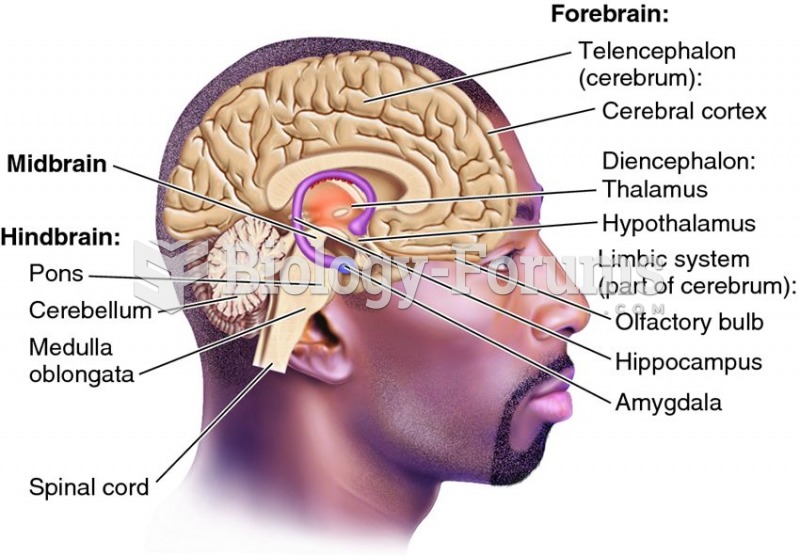Answer to Question 1
D
Answer to Question 2
Treatment for SSD and related disorders focuses primarily on understanding the client's view of his or her problem. Individuals with somatic symptom, illness anxiety, and conversion disorders are often frustrated, disappointed, and angry following years of encounters with the medical profession. They believe that treatment strategies have been ineffective and resent the implication that they are fakers or problem patients (Frohm & Beehler, 2010). Medical personnel have been found to show negative reactions when interacting with individuals with these disorders (P. G. Williams et al., 2010). A newer approach to treating SSD and illness anxiety disorder involves demonstrating empathy regarding the physical complaints, accepting them as genuine, and providing information about symptoms that are often stress-related such as hypertension and headaches (Marshall et al., 2013).
Many patients with somatic symptom and health anxiety disorders have cognitive distortions, such as a conviction that they are especially vulnerable to disease. In these cases, cognitive-behavioral approaches focused on correcting these misinterpretations have been successful. In one program, individuals with illness anxiety disorder who feared having cancer, heart disease, or other fatal illnesses were educated about the relationship between misinterpretations of bodily sensations and selective attention to illness themes. Six 2-hour group sessions covered topics such as What Is Illness Anxiety? The Role of Your Thoughts, Bodily Attention and Illness Anxiety, Stress and Bodily Symptoms, and Your Own Vicious Cycle.. As homework, participants monitored and challenged illnessrelated anxiety thoughts. After completing these sessions, most participants showed considerable improvement or no longer met the criteria for the disorder (Hiller, Leibbrand, Rief, & Fichter, 2002). A similar cognitive-behavioral program also led to marked reductions in somatic symptoms and illness concerns in individuals with SSD (Schrder et al., 2012).
Because individuals with SSD often show a fear of internal bodily sensations, cognitive-behavioral therapists include exposure to bodily sensations during treatment. Therapists ask clients to perform activities that typically trigger anxiety symptoms, such as breathing through a straw, hyperventilating, spinning, or climbing stairs, until feared reactions such as light-headedness, chest discomfort, or increased heart rate occur. The activities are repeated until the bodily sensations no longer elicit anxiety or fear (Flink, Nicholas, Boersma, & Linton, 2009). Mindfulness-based cognitive therapy is another approach that can lower anxiety in those with SSD. Clients learn to experience and observe their problematic thoughts and symptoms without judgment or emotion, and without reacting to them. Instead of responding with fear and anxiety, the individual merely observes and reflects on thoughts and physical reactions. This process weakens the connection between emotional arousal and physical symptoms or distressing thoughts and has been effective in treating somatic symptom and illness anxiety disorders (Blacker, Herbert, Forman, & Kounios, 2012; McManus, Surawy, Muse, Vazquez- Montes, & Williams, 2012).







